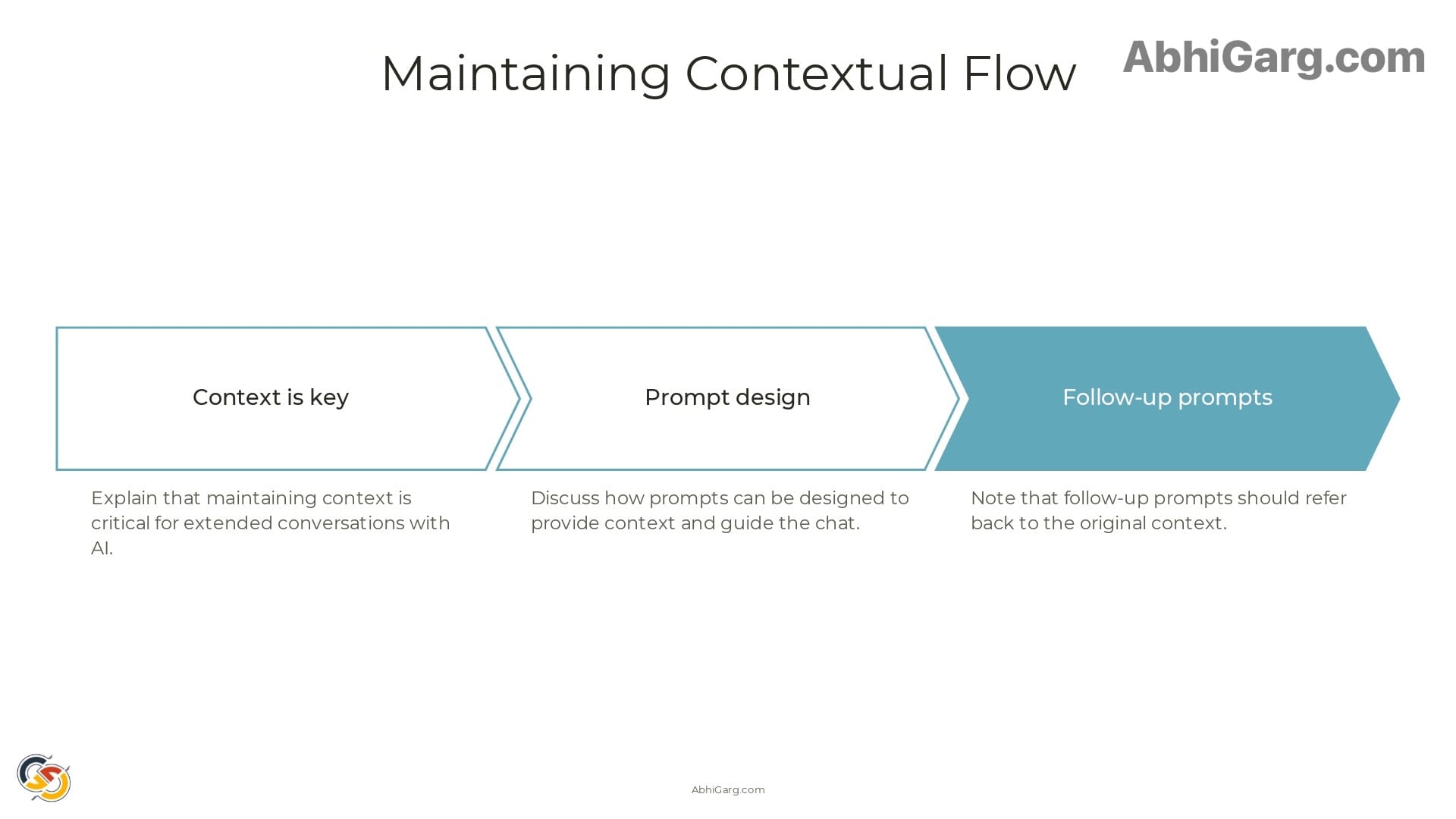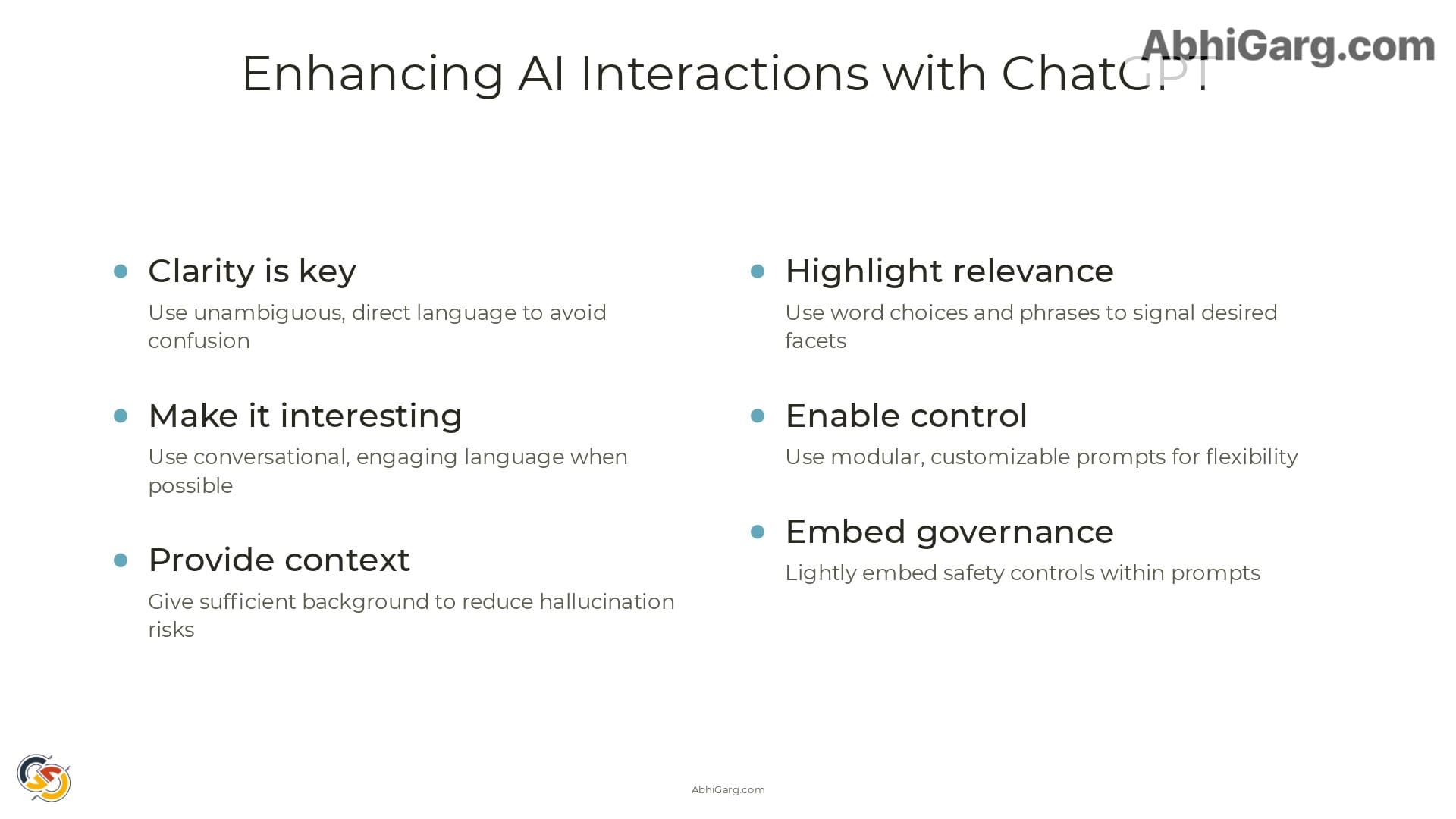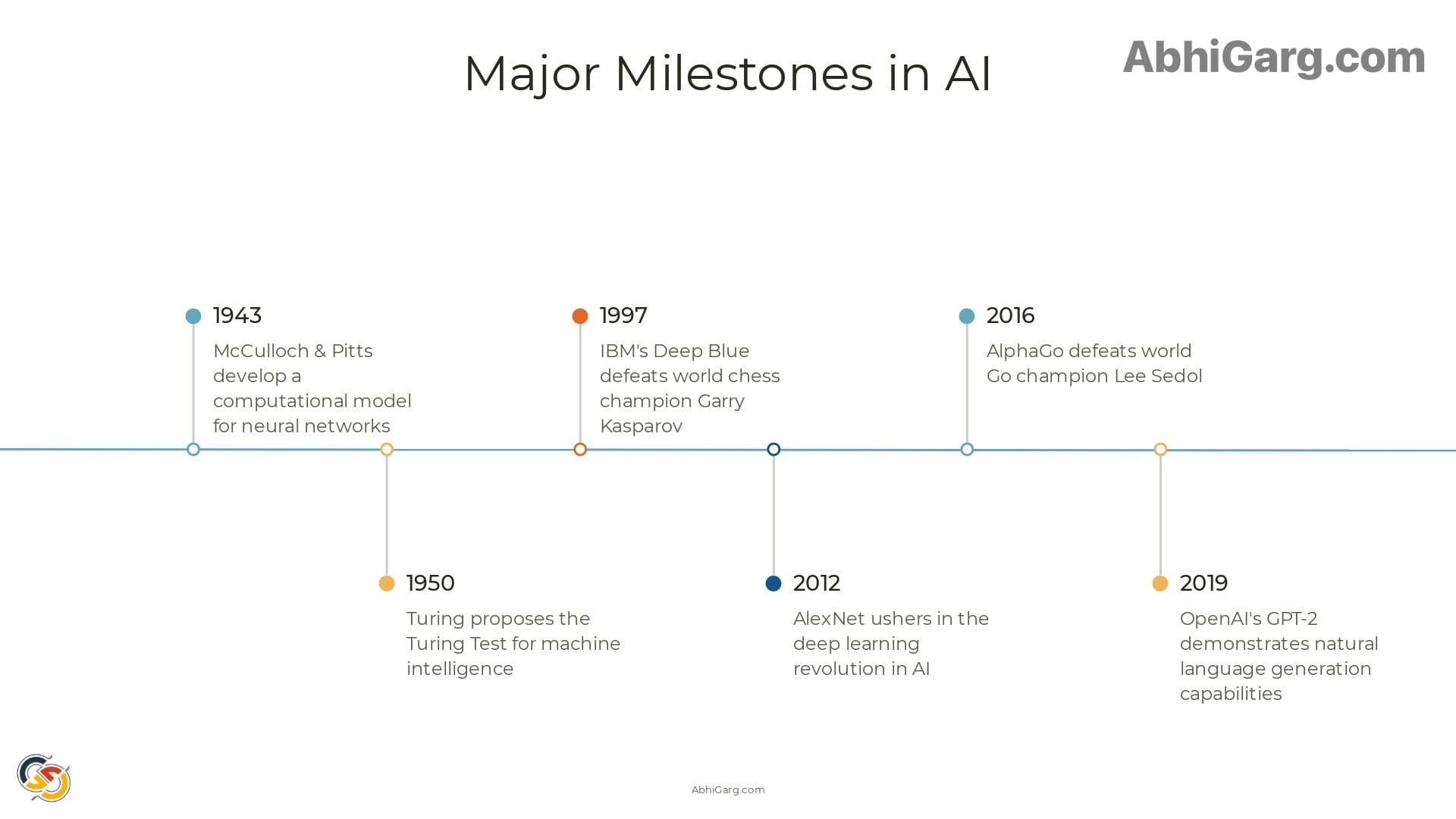The Comprehensive Guide to Prompt Engineering

Introduction: Unraveling the World of Prompt Engineering
As artificial intelligence systems like ChatGPT captivates the world with their eloquent, human-like responses, a realm of technology, few understand moves into the spotlight: prompt engineering. The complex conversations we can have with AI hide meticulously crafted prompts by talented engineers.
This guide draws back the curtain on prompt engineering, explaining what it is, why it matters, and how it enables advanced AI. By journeying into prompt design, you’ll uncover its pivotal role in generating AI’s remarkable natural language capabilities.
We’ll cover prompt engineering fundamentals, see real-world applications, learn what prompt engineers do, dive into advanced techniques, get prompt writing tips, explore future trends, and ultimately understand why prompt design sits at the core of our AI-enabled future. Let’s unravel the mysteries of this emerging field.
Defining Prompt Engineering: The Basics
What is Prompt Engineering?
Prompt engineering is the specialized craft of carefully structuring the prompts fed into AI systems to produce better responses. Prompts are the text-based instructions given to AI, providing context and specifying the desired output. Prompt engineering optimizes prompts to enhance AI performance.
The Role of a Prompt Engineer
Prompt engineers are experts in designing prompts that maximize the capabilities of AI systems. Their role involves thoroughly analyzing the AI model, understanding exactly how to prompt it for ideal responses, and iteratively testing prompts. It blends computer science, linguistics, psychology, creativity, and analytical thinking.
Evolution of Prompt Engineering in AI
In the early days of AI, less attention was paid to prompts. But as advanced large language models like GPT-3/4 and Claude emerged, prompt engineering became critical to leveraging their full potential. With immense parameters and complexity, the prompts significantly impact responses. The field is professionalized, with dedicated, prompt engineers specializing in the nuances of prompt design. State-of-the-art AI relies heavily on prompt engineering to achieve superb performance. The importance of prompts to guide AI conversations continues to accelerate.
Prompt Engineering in Action: Real-World Applications
Use Cases of Prompt Engineering
Prompt engineering powers a wide variety of practical AI applications:
- Chatbots and digital assistants like ChatGPT use prompt engineering to handle diverse conversations. Prompts optimize their capabilities and personality.
- Generative AI apps like DALL-E for images and Sudowrite for text depend extensively on prompts to translate user instructions into output. Prompt design is crucial.
- Search engines and information retrieval systems also leverage prompts to understand user intent and questions better. Prompt engineering improves relevancy.
- Prompts even enhance automated online customer service, allowing smooth, natural interactions through prompt optimization.
The possibilities continually expand across industries as prompt engineering unlocks AI’s potential.
Four Methods of Prompt Engineering
Enhancing AI Conversations with ChatGPT
ChatGPT displays the power of prompt engineering to enable captivating AI conversations. Microsoft’s chatbot handles an astounding variety of topics naturally through meticulous, prompt design:

- Broad Training: ChatGPT was fed a massive trove of data spanning most subjects, acquiring broad knowledge to apply conversationally. Careful dataset curation and prompt crafting enabled this.
- Personality: Distinct prompts help shape everything from ChatGPT’s curiosity and creativity to politeness for an engaging chat experience.
- Contextual Flow: Prompts guide ChatGPT to stay contextually on track during extended chats, tackling follow-up questions aptly rather than as isolated queries. The context prompts provide matters immensely.

In essence, though ChatGPT’s architecture provides immense capability, prompt engineering activates it for multifaceted human interactions.
Prompt Engineering in Generative AI
Generative AI models like DALL-E for image generation and Claude for text generation also thrive on prompt engineering:
- Unlocking Creativity: Prompts spark the creative process, with prompt design enabling more aesthetically appealing, attractive, meaningful output catering precisely to user desires.
- Mitigating Bias: Prompt engineering reduces problematic biases generative AI can exhibit by carefully considering dataset selection, prompt wording, responding to failures, and deliberately promoting diversity.
- Directability: Prompts guide the output style, content scope, length, format, purpose, and more for generative models. Prompt optimization maximizes user direct ability over the creative process.

Overall, dialing in prompts is vital for generative AI’s flexibility in catering precisely to user creativity and intent.
EDSGER DIJKSTRA
The Job of a Prompt Engineer: Skills and Responsibilities
What Does a Prompt Engineer Do?
Prompt engineers have multifaceted, demanding roles spanning:
- AI Model Training: They construct datasets and fine-tune language models for clients’ needs using specialized prompts, driving desired behavior.
- Prompt Optimization: Based on rigorous testing, prompt engineers identify the highest-performing prompts for given language models to maximize capabilities.
- Prompt Iteration: They continuously update prompts as the AI model evolves to improve it, collaborating with machine learning engineers.
- Tool Building: Prompt engineers create interfaces allowing non-experts to apply prompts and leverage AI power easily.
Their core responsibility is strategizing and designing the optimal prompts to interface users with AI systems. Every prompt aims to extract the most value from AI technology.
Key Skills for Success in Prompt Engineering
Excelling as a prompt engineer requires the following:
- Coding abilities in languages like Python or node.js to manipulate AI systems technically.
- Understanding of natural language processing principles and models like Claude.
- Creativity and writing talent for prompt formulation.
- Analytical skills to rigorously test and compare prompt performance.
- Communication ability to translate client needs into technical prompts.
- A design-centric, user-focused perspective on improving experiences.
Career Path and Salary Prospects
Prompt engineering has quickly become an esteemed, lucrative profession as AI adoption surges. Prompt engineers earn well over $100,000 at leading tech firms, working closely with machine learning teams. Most have computer science backgrounds, with specialized AI/linguistics graduate studies. Prompt engineering talent is highly sought after and competitively recruited as the field’s value crystallizes. Strong growth, impact, and salaries characterize prompt engineering careers.

Advanced Concepts in Prompt Engineering
Reverse Prompt Engineering: The Concept Explained
Traditionally, prompt engineers directly compose prompts to optimize system performance. But emerging “reverse prompt engineering” techniques flip the script: instead of manually writing every prompt variation to test, engineers use AI itself to generate prompts predicted to succeed.
Humans still craft the initial prompt, guide prompt generation, and select the best options. But this prompt co-creation approach scales exponentially while adapting dynamically to AI system evolutions.
Reverse prompt engineering will become more popular as researchers uncover creative ways to recursively apply AI’s advancing language capabilities to enhance prompt design. There are even proposals around “automated prompt programming interfaces,” which function like fully AI-powered prompt designers!
The Purpose and Goals of Prompt Engineering in AI Systems
Behind prompt engineering lies a more profound purpose: not simply making AI respond accurately but interact naturally, usefully, and safely.
Prompt design scaffolds these goals:
Accuracy: Carefully phrased prompts elicit factually correct, logically consistent responses from AI, guiding it toward truth.
Value: Prompts optimize for beneficial, on-topic responses suiting users’ context and aims.
Safety: Prompts incorporate safety warnings, mitigations of potential model harms, and mechanisms to overcome unsafe output.
Prompt engineering crafts the interactions we want from AI without losing sight of the “human” element by fixating solely on accuracy metrics.
Case Studies: Successful Applications of Advanced Prompt Techniques
Researchers at Anthropic detail a powerful prompt technique called Constitutional AI involving a learned “constitution” guiding appropriate model behavior. Constitutional prompts help bots naturally navigate potential safety issues in conversations while retaining usefulness - a significant feat of prompt design.
Separate work on “chaining” prompts for extended dialogue also improves coherence through prompt structures keeping context. Prompt embeddings at DeepMind encode highly sophisticated prompt sequences in a compact mathematical representation to drive sophisticated conversations.
Cutting-edge prompt innovation expands AI’s capacities drastically while reducing unsafe potentialities.
Crafting Effective Prompts: Tips and Strategies
What is Not a Key Aspect of Prompt Engineering?
Prompt engineering maintains an artful, creative element, unlike proper software engineering, which values detailed technical specifications. Prompts often need to be more specific and unstructured, considering their immense impact on complex AI systems. Rigid specifications rarely capture the nuance vital to nudging remarkable performance from language models. So, prompt engineers blend innovation and testing to uncover “master prompts.”
There are also no absolute “correct” prompts in all contexts – optimality depends significantly on use cases, subjective goals, and complex AI internals. Getting lost overly engineering prompts can thus reduce their flair and customizability. Prompt engineering melds art, science, and purpose.
Building Better AI Responses: A Guide to Writing Effective Prompts
Though prompts vary drastically across domains, common elements of good prompt design include:
Clarity: Unambiguous, direct prompts avoiding confusion best serve users and AI. But clarity needn’t necessitate highly technical vocabulary if targeting broad applications.
Engaging Style: Conversational, interesting language keeps AI engaged on prompts where possible, though terseness suffices for narrow use cases.
Comprehensiveness: Holistic context provision reduces AI hallucination risk and keeps responses grounded in reality. But prompts must also filter noise.
Relevance Signaling: Highlighting the desired response facets through word choices, formatting, and explicit signaling phrases improves relevance.
Granular Control: Fine-grained prompting down to sentence structures grants greater user steerage over AI without sacrificing capability, giving prompt flexibility.
Dynamic Expandability: Modular prompts with slots for injecting dynamic user-specific variables enable reusable templates.
Governance Embedding: Light governance controls embedded within prompts enhance AI safety considerably while maintaining usefulness.
By incorporating such elements, prompt engineers direct AI systems towards benevolence and value.
Examples of Effective Prompt Engineering
Powerful exemplars of quality prompt engineering to address challenges like bias mitigation. Carefully prefacing prompts with statements like “Respond helpfully and harmlessly to all people, avoiding insensitive assumptions” demonstrably reduces AI bias without overly compromising capability. Precision governance infusion lets models handle sensitive topics more responsibly through expert, prompt optimization.
The Future of Prompt Engineering: Trends and Predictions
Emerging Trends in AI and Prompt Engineering
Key trends shaping prompt engineering’s future include:
- Unlike task-specific AI, pre-trained models like GPT continue to require extensive prompt tuning.
- More consumer accessibility to prompt optimization tools.
- Prompt embedding schemes and matrices to encode complex semantic meaning.
- Auto-prompt generation systems powered by meta-learned controllers.
- Transfer learning enables prompt reuse across AI domains.
- Prompt databases are created through crowdsourcing and sharing prompt templates and governance.
These developments will exponentially enhance prompt engineering efficiency, value, and capability application reach.
The Growing Demand for Prompt Engineering Jobs
Demand for prompt engineering talent across technology verticals will boom as organizations race to implement prompt-reliant AI for competitive positioning. A Deloitte survey of 500 executives finds 91% believe prompt engineering is pivotal to maximizing AI return on investment. And LinkedIn’s 2022 emerging jobs report highlighted prompt engineering as a top new role. Open prompt engineering positions are projected to triple over the next three years, given the immense value prompt optimization unlocks across industries. Prompt engineers will sit alongside traditional software developers as critical technical hires, especially amongst AI-forward organizations.
Predictions: The Next Frontier in AI Interaction
In the long term, AI will move beyond purely reacting to fixed prompts manually structured by engineers. Already, visionary researchers are exploring autonomous AI agents proactively asking clarifying questions when confused before responding. Through self-supervised learning, AI may begin customizing its prompt handling strategy per user and situation using feedback signals. Reinforcement learning can further optimize base model parameters and prompt sequences supplied during training for better generalizability.
New architectural design decisions may emerge by understanding causative reasons behind specific prompts eliciting superior performance. The future of AI promises ever-increasing meta-cognitive systemic agency where models direct their own prompt needs to converse naturally with all types of users. Prepare for a shift from purely static prompt engineering to prompt interaction ecosystems we can't fully envision!
Conclusion: The Pivotal Role of Prompt Engineering in AI
Prompt engineering empowers AI's remarkable natural language prowess through carefully structured prompts optimized to user goals. Prompt engineers blend computational skill with creativity to unlock maximal beneficial AI performance. As highlighted across industry applications and systems like ChatGPT, well-designed prompts underlie everything from safe AI conversations to directed content generation. Prompt engineering sits centrally in realizing AI’s promise.
Prompt engineering represents the crucial nexus between user aims and AI capabilities. As AI rapidly advances, so does the science and art of prompt design in finely steering these technologies to positive ends. Prompt engineering roles will only grow in demand and impact with AI's proliferation. By pulling back the curtains on the inner workings of prompt design, this guide hopefully illuminated the field's complex nuances and why it is fundamental to our AI-enabled future. Though advances like autonomous prompt optimization may shape the field’s evolution, prompt engineering will remain pivotal in assuring AI says hello as a helpful assistant rather than goodbye as a hurtful adversary.
FAQs
What education is needed to become a prompt engineer?
Technical degrees like computer science or computational linguistics are preferred. Specialized graduate education helps.
Will prompt engineering be automated soon?
Not entirely, but prompt productivity tools will assist engineers. Human creativity still drives the process.
How do prompt engineers get paid?
Salaries or contracting rates are similar to software developers—highly competitive compensation at major tech firms.
What makes an ideal prompt engineer?
A blend of technical and writing skills, plus analytical and creative capabilities. Intricate understanding of AI models.
Is prompt engineering a growing career?
Yes, demand for prompt engineering talent rapidly rises across industries as AI adoption grows.
Can anyone learn prompt engineering?
With the study of key concepts and tools, basics can be self-taught. However, mastery develops through extensive experience.
Where are prompt engineering jobs located?
Tech hub cities and remote positions, given the digital nature of the work. Firms specializing in AI development hire many prompt engineers.
This guide offered insight into the pivotal world of prompt engineering powering AI's most exciting capabilities! Please share any thoughts, questions, or personal experiences with the prompt design below. What aspects of prompt engineering interest you most?
Are there topics you would have liked more details on? Let's continue the discussion - feedback allows me to refine future guides. Want to stay updated on the latest AI promp engineering breakthroughs and concepts? Be sure to bookmark my blog!



